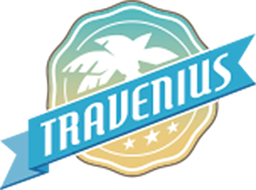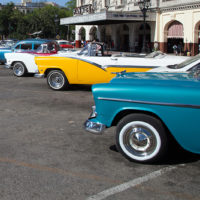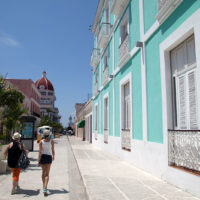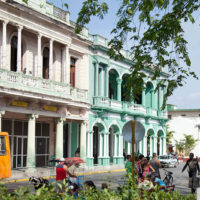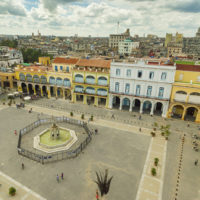Go to Cart 0,00 €
0
Cuba
General Information
Things to do
Cuba remains largely untainted by the western world, so as you can imagine, most of the island remains deep in its traditions. Stepping into Old Havana is like stepping into an architectural era spanning more than five centuries. The island has some of the world’s most beautiful beaches. From the breathtaking and unspoilt shores of the Playa Paraiso Beach to the shores of Playa Ancón which neighbors the rich colonial culture of Trinidad.
There is something for everyone here in Cuba. One can become immersed in the rich Cuban history while on a horseback guided tour through the lush tropical country side near the town of Trinidad or experience fantastic hikes in the Topes de Collantes. In Cuba there is much to see and much do both in and out of the water. See our guide books for more information on Cuba
Transportation to and on the island
Ease of travelling to Cuba depends on where you are travelling from. Many people from the United States travel to Cuba via Canada, the Bahamas or Mexico. However, travelling without authorization is prohibited. Presently when travelling to this island a license is required from the U.S. State Department.
Cuba’s Havana airport has almost a dozen airlines that connect Cuba to Latin America, Europe and Canada such as Air Canada, Condor, Air Berlin and Air Europa just to name a few.
Once you are there getting around is quite easy. There are many options available to you from trains, busses and taxis. Car rentals are also available on the island but for the inexperienced driver this can be a bit of a challenge. The best modes of transportation are the public busses or the máquinas taxis. Busses are quite reliable and easy to use. The máquinas taxis are inexpensive and run on specific routes. They give you a great opportunity to interact with the locals in their environment.
Climate
The climate of Cuba is considered to be subtropical because of its location to the Tropic of Cancer. The average annual minimum temperature is 21 °C (70 °F) with an annual maximum of 27 °C (81 °F). The northeasterly trade winds and ocean breezes allow the coastal areas to remain at relatively pleasant temperatures. The island like many other Caribbean islands officially have two seasons, the dry season and the wet season. The dry season lasts from November to April and the wet season runs between the months May through October.
Because of the island’s geographic location Cuba may often be struck by hurricanes especially along the eastern coast during the months June to November. On the other hand, Cuba is known for its discipline and preparedness during these times.
People and Culture
The population of Cuba is roughly 11 million with about fifty percent of the population of both African and European decent. Because of Cuba’s rich history the island’s art, religion and music is described as “Afrocubana”.
Today even though the country has had a tremulous history the spirit of the people remains very resilient. Cuba has a literacy rate of 98%.
History
The history of Cuba begins with its discovery by Christopher Columbus in the year 1492. The original settlers were Arawak Indians who were eventually displaced by Cuba’s new colonies of Spanish settlers. It was almost a century later though before Spain claimed to the island and started settlements. Around the early 19th century Cuba’s sugarcane industry began to flourish and more slaves were brought in from Africa to work on the plantations. During this time also large numbers of slaves were freed. This process culminated “The Ten Year War” in an attempt to gain independence from the Spanish.
Cuba finally gained independence in 1902 after the United States was victorious in the Spanish American War. Part of the agreement stated that the United States could intervene at any time to protect U.S. interest on the island. However, the relationship between Cuba and the United States continued to spiral downwards which eventually led to the revolution lead by Fidel Castro in 1959 when he successfully took over the Cuban government. With anti-American sentiments growing, Castro then aligns himself with the then Soviet Union which brought about the Soviet-Missile Crisis.
With the collapse of the USSR Cuba’s economy started declining and in 1993 Castro opened borders to foreign investment and tourism.
To this day the relationship between Cuba and its US neighbor remains unfriendly. Since 2013 Cubans no longer require exit visas to leave Cuba. However holders of American passports still must obtain a license when travelling to Cuba
Geography & Geology
Cuba is the largest island in the Caribbean and the most westerly one in the Greater Antilles. This intriguing island lies just south of the United States with Haiti to its east, the Yucatan Peninsula (Mexico) to its west and Jamaica to its south. The only US territory in Cuba lies on the south eastern side of the island, The Guantanamo Naval Base. This area is currently leased by Cuba to the United States.
The land in Cuba is generally flat with gently undulating hills as well as rugged and mountainous regions in the southeastern part of the island.
